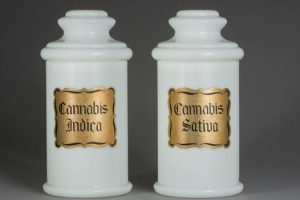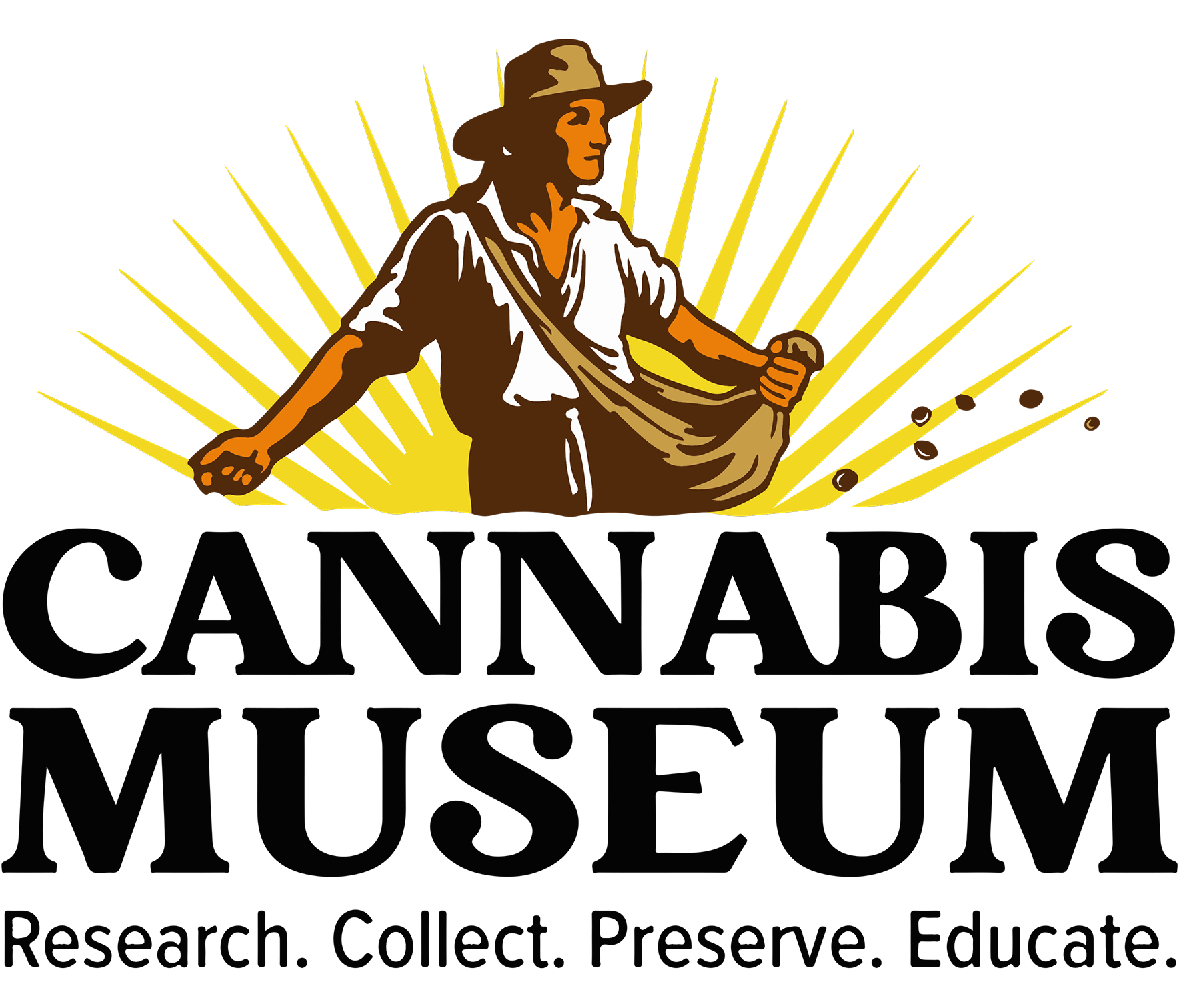Hemp Seed Specie Jar
 The terms “sativa” and “Indica” are used quite differently today than they were one hundred years ago. Though it was not understood at the time, the established Sativa varieties provided predominantly cannabidiol (CBD), whereas the newly introduced Indica varieties provided predominantly tetrahydrocannabinol (THC).
The terms “sativa” and “Indica” are used quite differently today than they were one hundred years ago. Though it was not understood at the time, the established Sativa varieties provided predominantly cannabidiol (CBD), whereas the newly introduced Indica varieties provided predominantly tetrahydrocannabinol (THC).
The medical profession had no tools to identify these chemicals or assay their contents. Using only their powers of observation, the practitioners were able to pinpoint the varieties of Cannabis and direct them toward specific indications. Phytologists are scientists who study the evolution of plants.
Modern technology now enables a comparison of the genetic fingerprint (DNA) of individual plants to assess their probable evolution. Phytologists are currently collecting the available Cannabis varieties and comparing their genetic code to DNA from plants preserved in herbarium collections. This data promises new understandings of how Cannabis evolved as our ancestors carried it to the far reaches of the planet. Phytologists are also able to fingerprint DNA from the residues preserved in many of the jars in the Cannabis Museum collection. These preserved residues are yielding DNA that will be most useful to this research by identifying which varieties were actually used medicinally. Undoubtedly, the coming years will bring new Cannabis discoveries, including new nomenclature that will settle this confusion over species, variety names and the re-establishment of old varieties with far different properties than the narrow gene pool offers us today.
The glass blowers of Venice were the first to use tin oxide with antimony and arsenic oxides to manufacture milk glass, an opaque bright white glass made to imitate fine porcelain.
These thin counter bottles are 11 1/2″ tall, with a 5 1/2″ diameter at the base, and were mouth blown in a two-piece mold and highly polished to a satin finish. The wide salt mouth bottle necks accommodate the snug fitting mouth blown tops that are integral to the overall design. The base and neck rings are an homage to the earlier porcelain designs as well as an aid in handling.
A popular glass design that appeared in the 1860s, the earliest examples have the rings applied after the bottle was blown. The labels are directly applied gold leaf with hand trimmed edges. The hand lettering and border decoration are painted with asphaltum.
